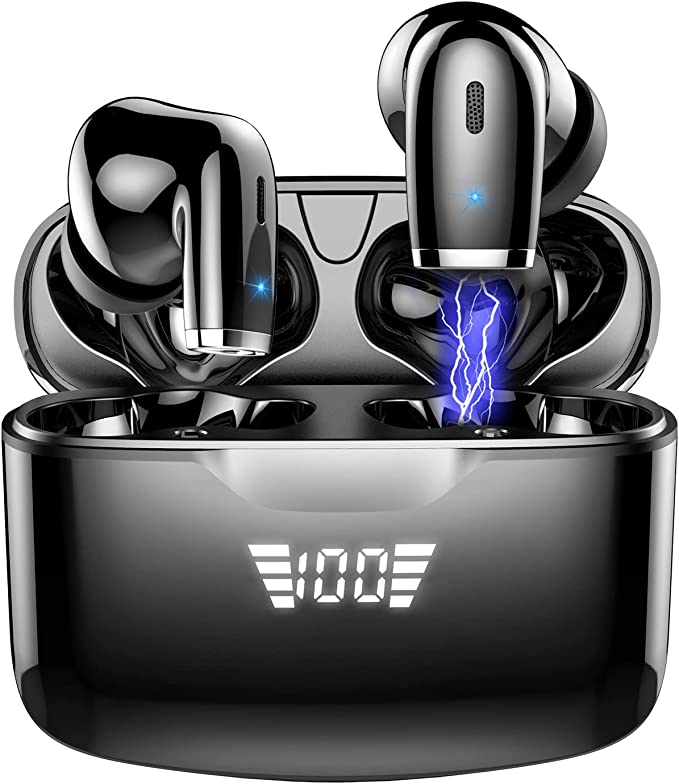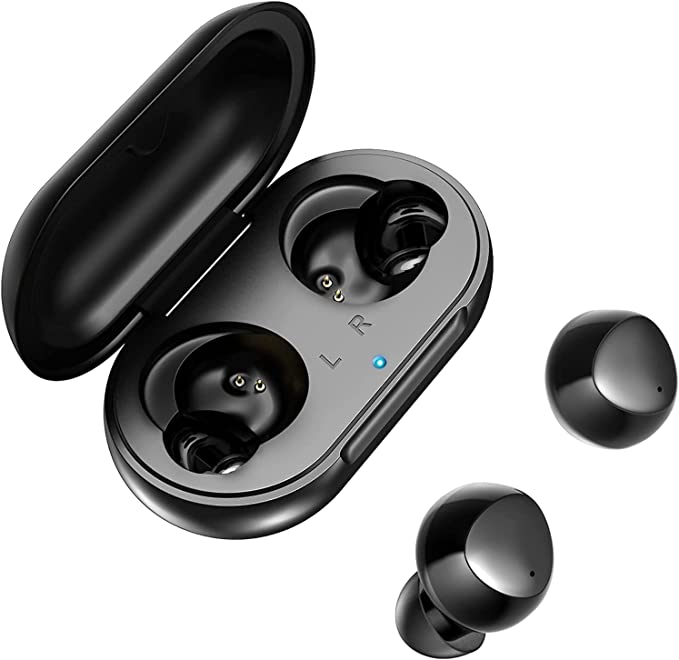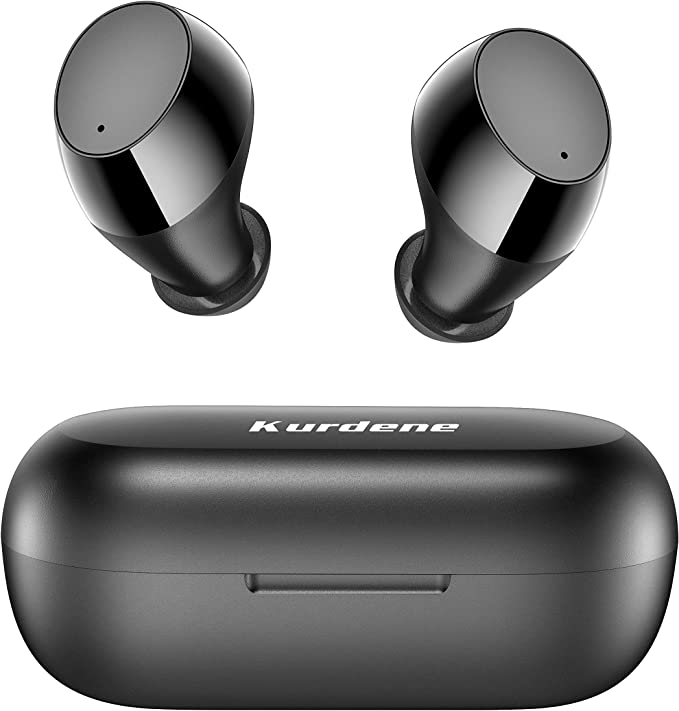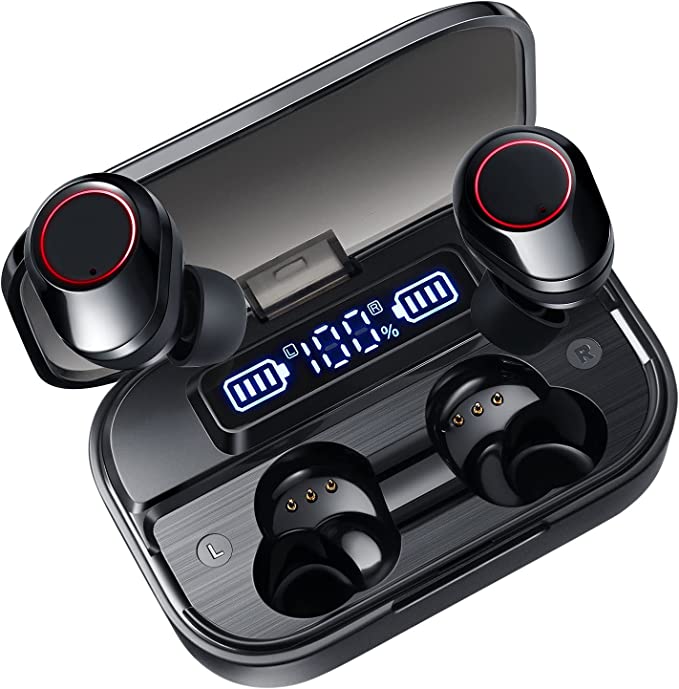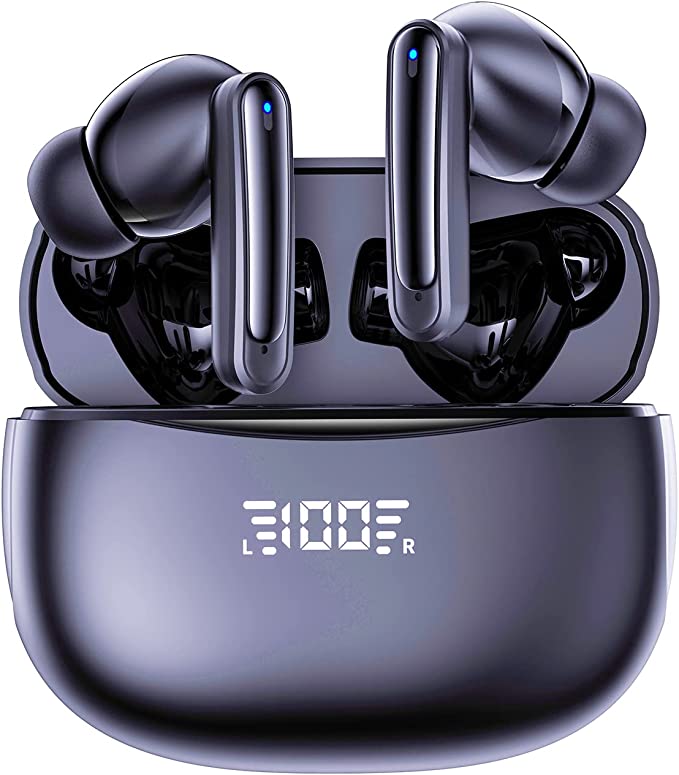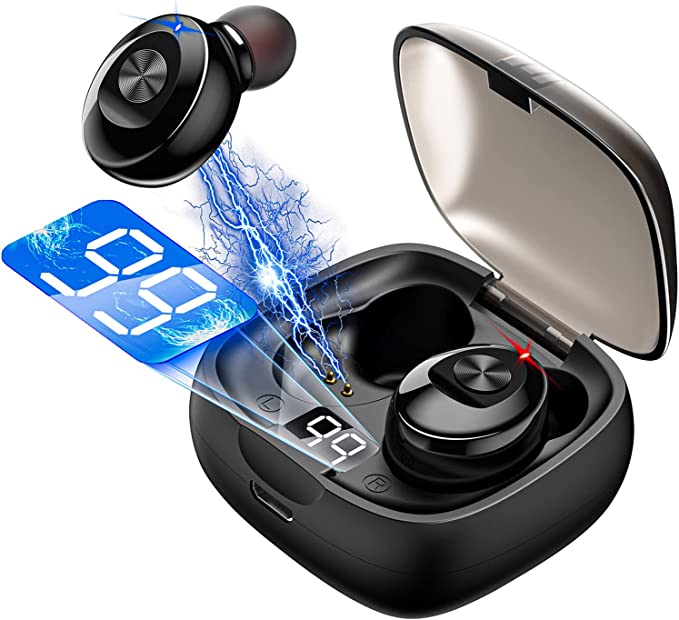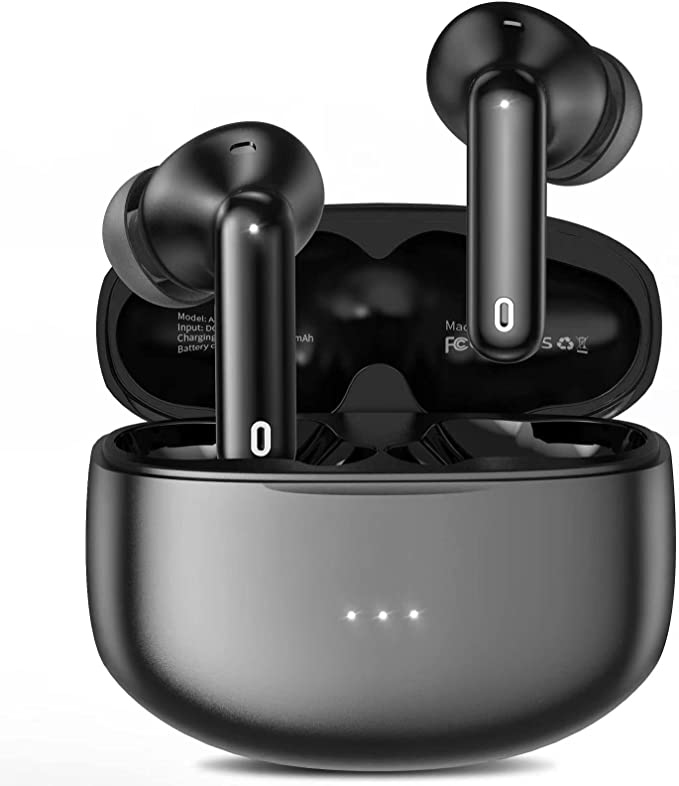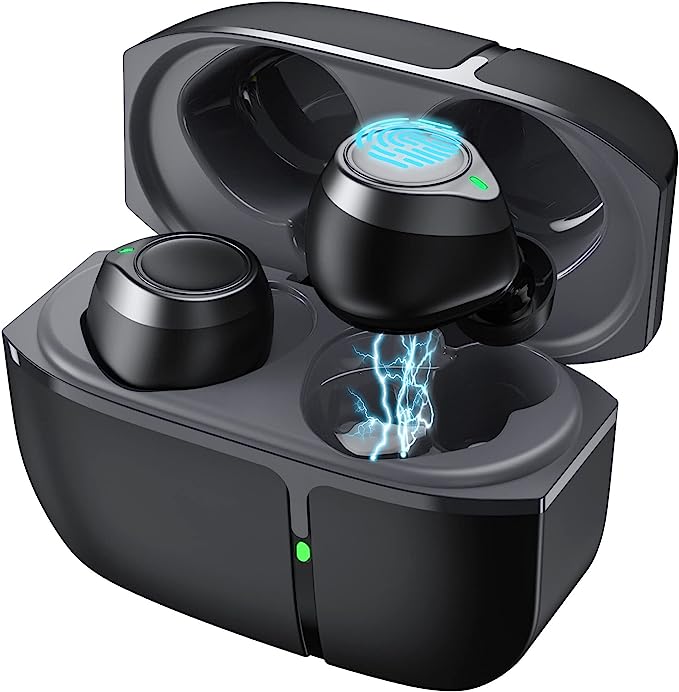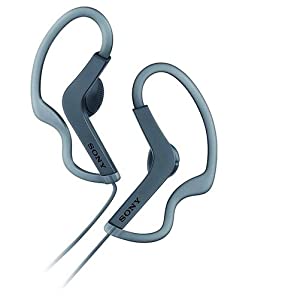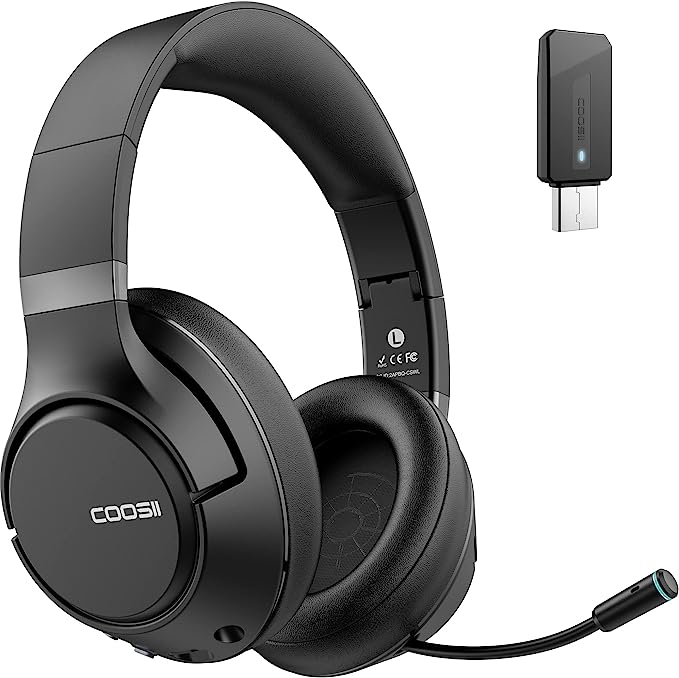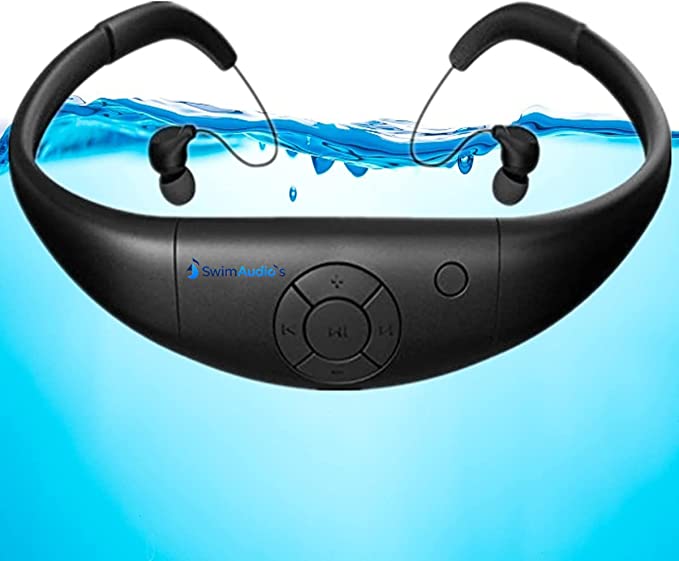CAPOXO D7 Wireless Earbuds: Crystal Clear Sound, 50Hr Playtime, IPX7 Waterproof
Update on Sept. 13, 2025, 9:34 a.m.
A deep dive into the invisible physics, chemistry, and engineering that power your daily soundtrack. Our guide? A humble pair of wireless earbuds.
There’s a subtle magic to it. You pluck two small, weightless pods from their case, nestle them in your ears, and with a soft chime, the world dissolves. Suddenly, you’re not on a crowded train or in a noisy office, but front-row at a private concert, lost in the intricate soundscape of your favorite artist. This daily ritual feels effortless, almost instinctual. But it is not magic. It is a dense, elegant package of scientific triumphs, the culmination of decades of research in physics, chemistry, and human-centered design.
To understand this marvel, we don’t need to look at an astronomically expensive device. In fact, the most profound examples of technological progress are often found in the accessible and everyday. Let’s take a simple, unassuming pair of earbuds, like the CAPOXO D7, and use it not as a product to be reviewed, but as a key to unlock the extraordinary science hiding in plain sight.

The Physics of a Miniature Echo
Before a single note reaches your eardrum, it must first be born from silence. The creation of sound inside an earbud is a beautiful act of controlled violence, a tiny storm orchestrated by the laws of electromagnetism. The hero of this story is the dynamic driver, a miniature version of the same technology that powers colossal concert speakers.
Think of it as a microscopic piston. A voice coil, wrapped in fine wire, is attached to a flexible cone called a diaphragm. When your phone sends an electrical signal representing the music, this coil is subjected to a fluctuating magnetic field from a tiny, powerful magnet. This interaction forces the coil and the attached diaphragm to piston back and forth with incredible speed and precision. This rapid movement pushes and pulls on the air inside your ear canal, creating waves of pressure. These waves are what your brain miraculously interprets as music, speech, and emotion.
The quality of this sound—the ability to render both the deep, resonant thrum of a bass guitar and the delicate, airy whisper of a flute—is a measure of how well the driver can control these vibrations across the entire frequency response spectrum. It’s a delicate balancing act, engineered into the very materials and shape of that tiny diaphragm.
But just as important as creating sound is controlling silence. This is where passive noise isolation comes into play. Long before any complex electronics get involved, the simple, physical act of sealing your ear canal is the first line of defense against outside noise. This is a principle of basic acoustics. The soft, pliable silicone tips, chosen after careful consideration of ergonomics, create a barrier that primarily blocks high-frequency sounds, like chatter and clicks. It’s the technological equivalent of closing a door to a noisy hallway, a crucial first step in creating your personal listening space.

The Chemistry of Unbound Energy
For decades, our gadgets were bound by wires, not just for signal, but for power. The wireless revolution is a direct result of a breakthrough in chemistry: the lithium-ion battery. The fact that a device weighing a mere four grams can play music for six continuous hours is a testament to the incredible energy density of this technology.
The process is an elegant chemical dance. Inside the battery, countless lithium ions act as energy couriers. When charging, they are forced from a “village” called the cathode, travel through a medium called the electrolyte, and take up residence in another “village,” the anode. When you press play, they willingly journey back, and this flow of ions is the electrical current that powers the earbud. This fundamental discovery was so world-altering that its pioneers were awarded the 2019 Nobel Prize in Chemistry. Every time you charge your earbuds, you are harnessing a Nobel-laureate-level idea.
The D7’s case, promising a total of 50 hours of playtime, is essentially a portable reservoir for these energy couriers. But the science gets even more ethereal with wireless charging. Placing the case on a pad and watching it draw power from thin air feels futuristic, yet it’s based on a principle discovered in the 1830s by Michael Faraday: electromagnetic induction.
A coil in the charging pad generates a fluctuating magnetic field. When the corresponding coil inside the earbud case enters this field, the field induces an electrical current within it—no physical contact required. It is a silent, invisible bridge of energy, a concept that powers everything from electric toothbrushes to electric vehicles, all happening quietly on your nightstand.

The Ghost in the Machine
The threads connecting your earbuds to your phone are invisible, woven from radio waves by a technology named after a 10th-century Viking king, Harald “Bluetooth” Gormsson, famed for uniting disparate Danish tribes. Just as the king united a nation, Bluetooth technology unites our devices.
When you first pair your earbuds, they perform a secure digital handshake with your phone. They exchange addresses and security keys, ensuring that your music isn’t accidentally broadcast to someone else’s device. The earbud then remembers its partner, which is why the next time you take them out of the case, the connection is almost instantaneous. This auto-pairing is the ghost in the machine at its most efficient, a complex negotiation of protocols happening in a fraction of a second.
Our interaction with this ghost has also evolved. Instead of clicking a physical button, you now simply tap the earbud’s surface. This is thanks to capacitive sensing. The surface of the earbud holds a steady, minute electrical charge. Your body is a natural conductor, so when your finger touches it, you disturb that field. The earbud’s tiny processor detects this change and interprets it as a command—play, pause, skip. It’s a form of communication that turns your own body into part of the circuit.

The Architecture of an Extension of Self
For all the complex internal science, a wearable device is only successful if it can disappear. It must become a comfortable, unthinking extension of our body. This is the domain of ergonomics and materials science.
An earbud’s weight, like the 4.05-gram mass of a single D7 pod, is not an arbitrary number. It is the result of a relentless push to reduce mass and, therefore, minimize listener fatigue. The angle at which it sits in the ear, the polished curves—every detail is a decision aimed at achieving a secure fit that you can forget is even there.

And then there is the challenge of making this delicate electronic device resilient enough for human life—for sweaty workouts, unexpected rain, or the occasional clumsy accident. This is where standardized science provides a promise, in the form of the IPX7 waterproof rating. This isn’t a vague marketing claim; it’s a rigorous standard defined by the International Electrotechnical Commission (IEC). The ‘X’ means it hasn’t been tested for dust, but the ‘7’ carries a very specific meaning: the device can survive being submerged in up to one meter of fresh water for 30 minutes. As one user hilariously discovered when they dropped their earbud into a bucket of water, this scientific standard holds true.
From the physics of sound to the chemistry of power, from the invisible language of Bluetooth to the precise architecture of fit and durability, the humble wireless earbud is anything but simple. It is a pocket-sized monument to human ingenuity. So the next time you place them in your ears and the world fades away, take a moment. You’re not just listening to a song. You’re experiencing a symphony of science.



